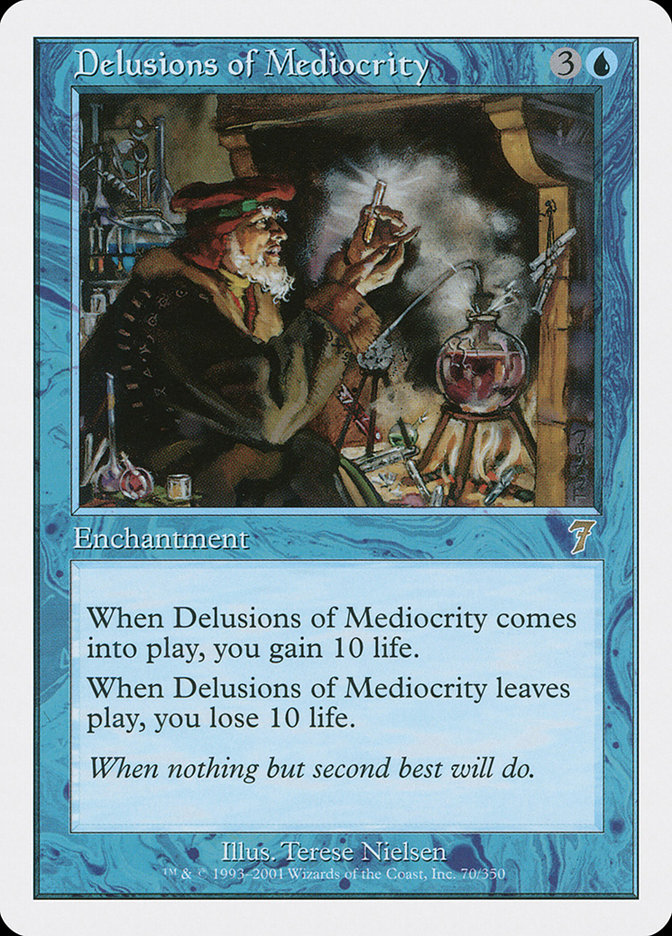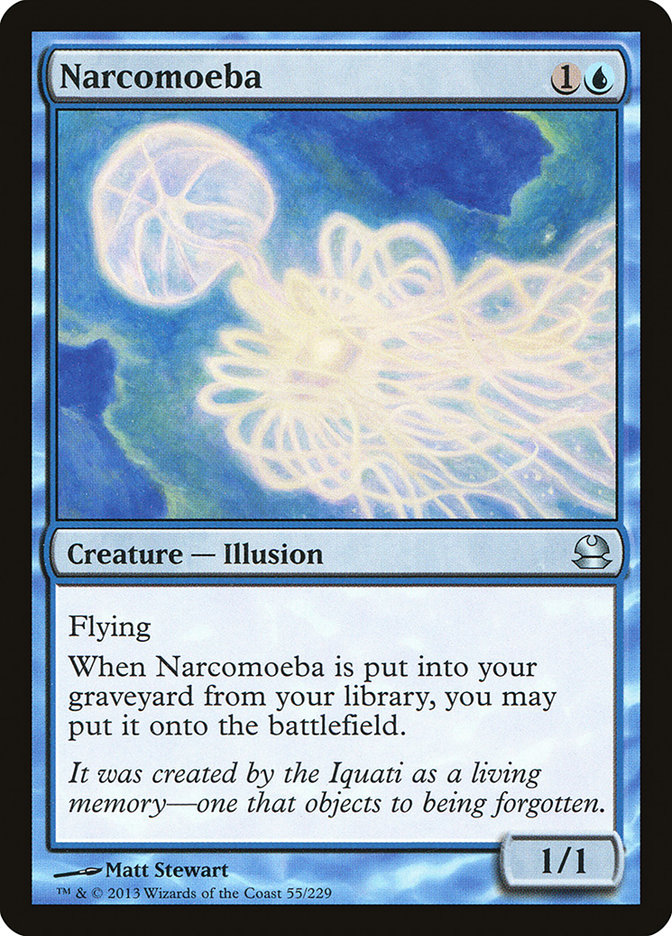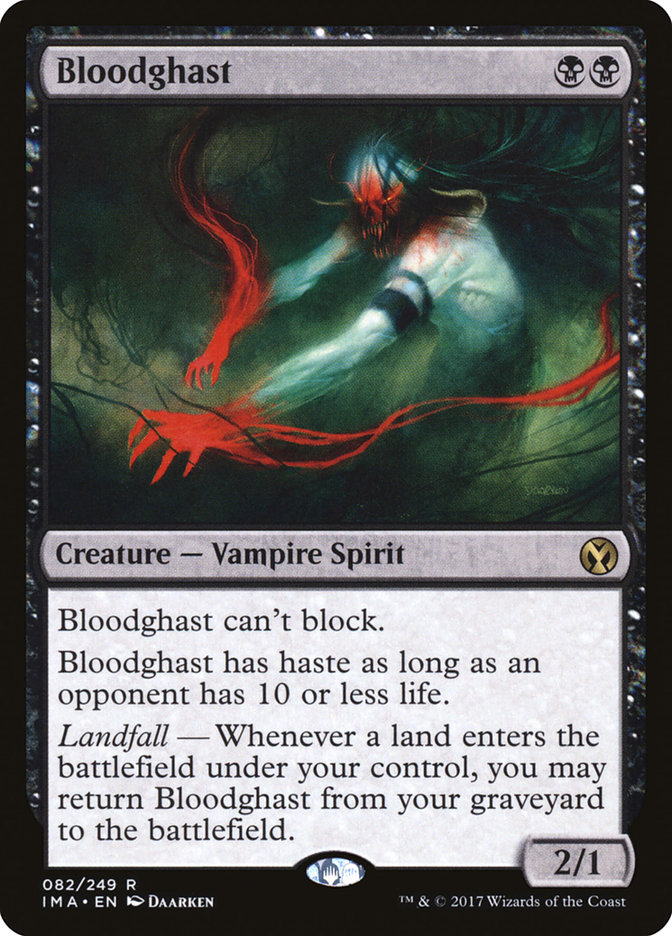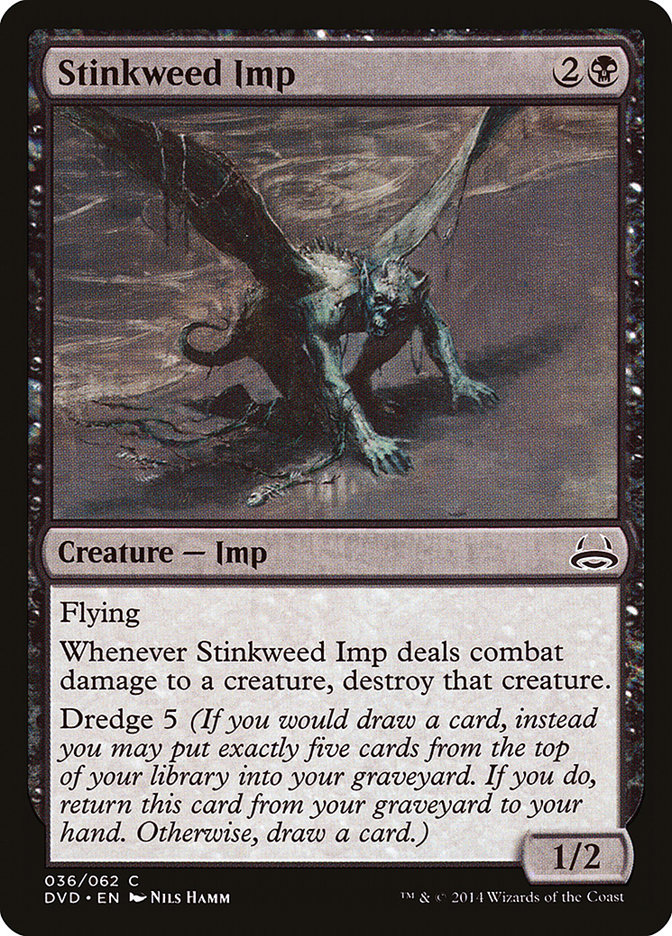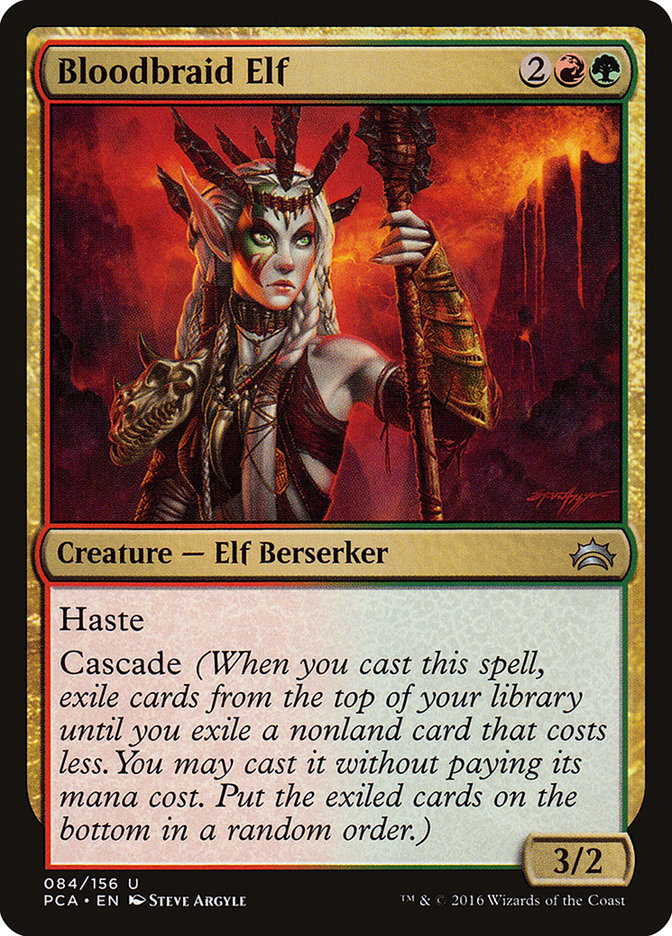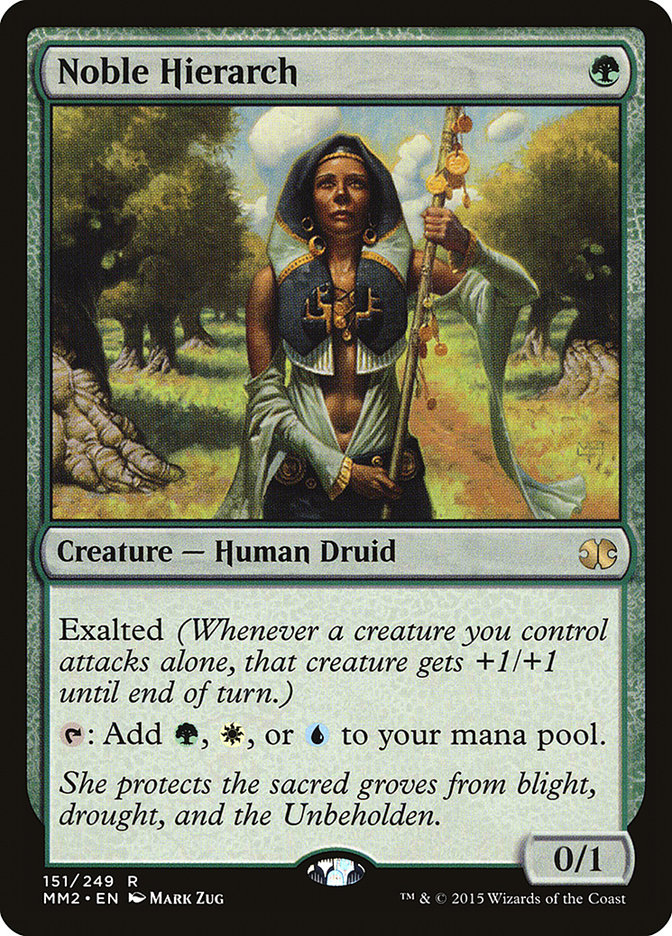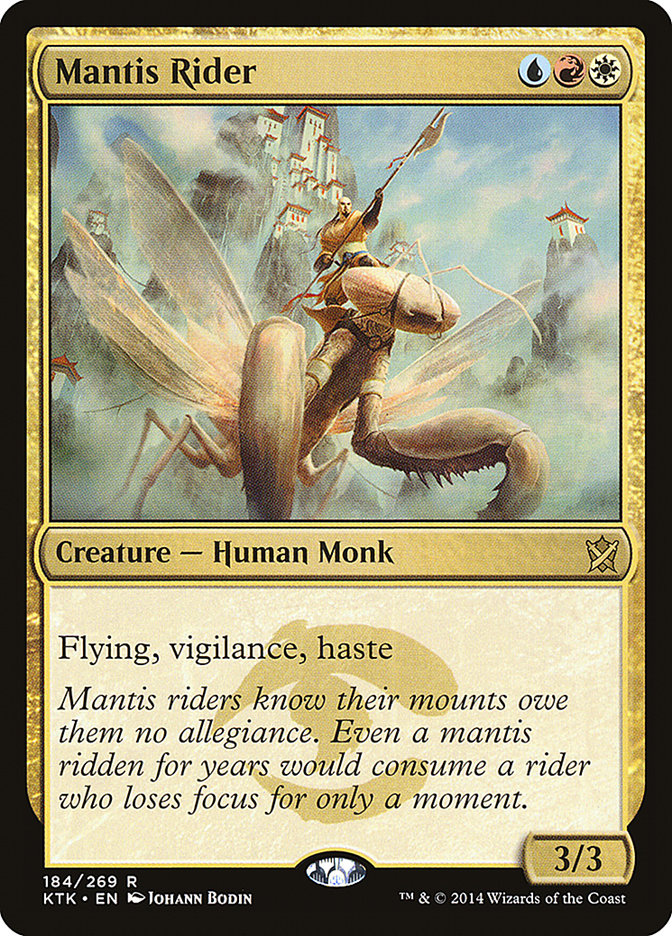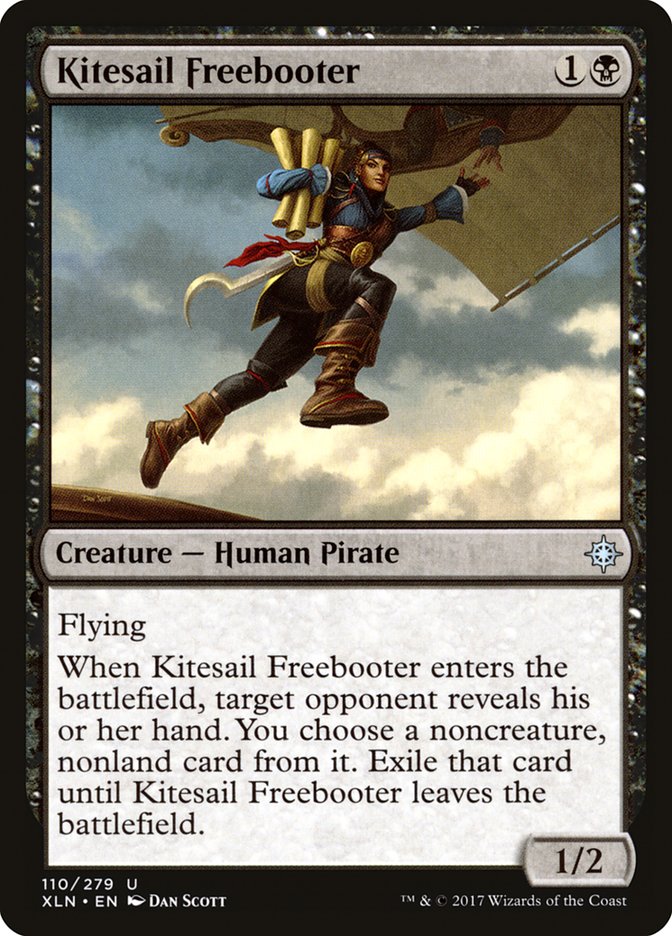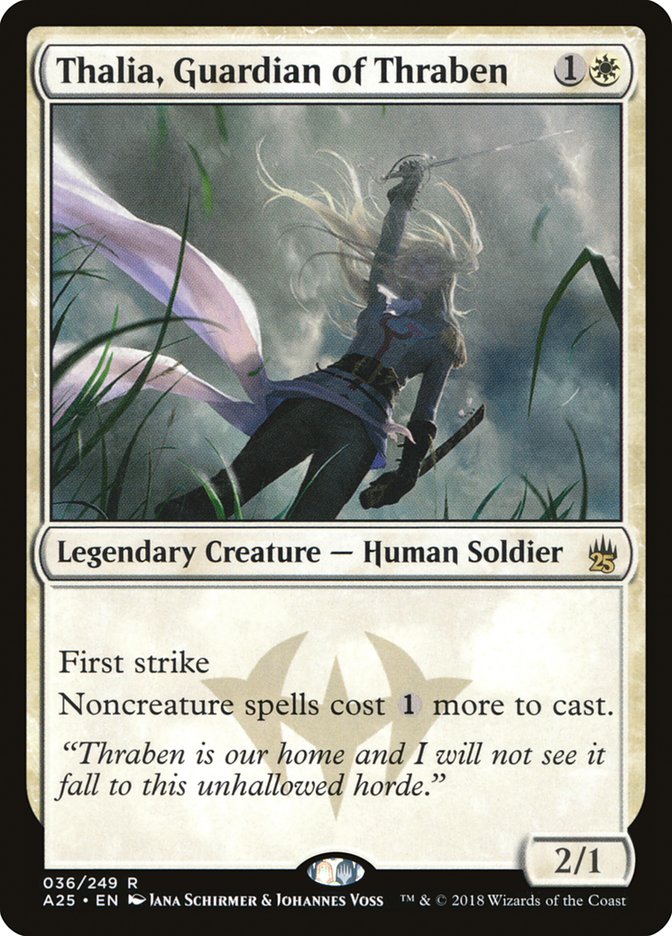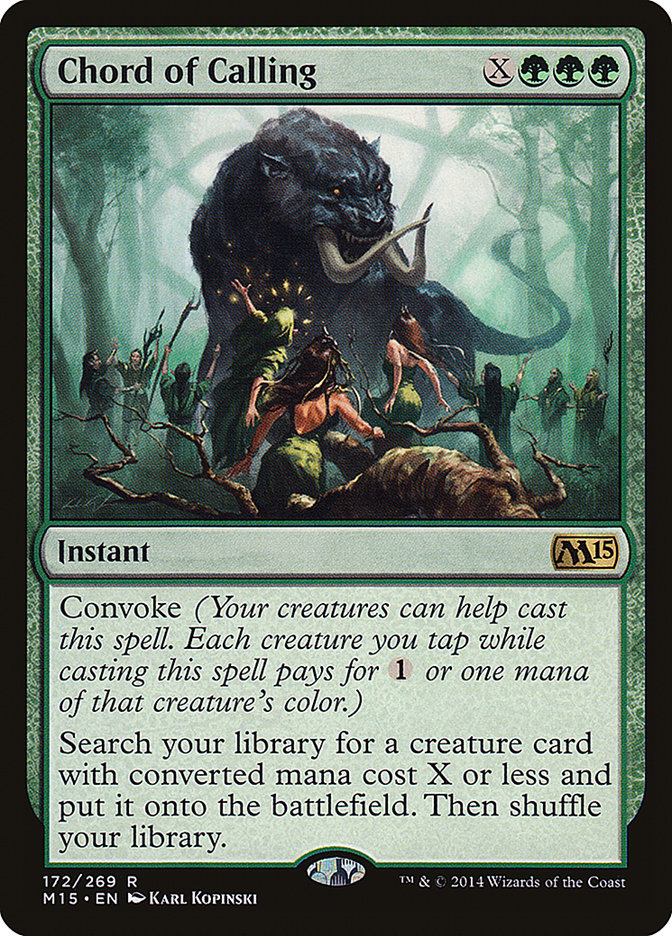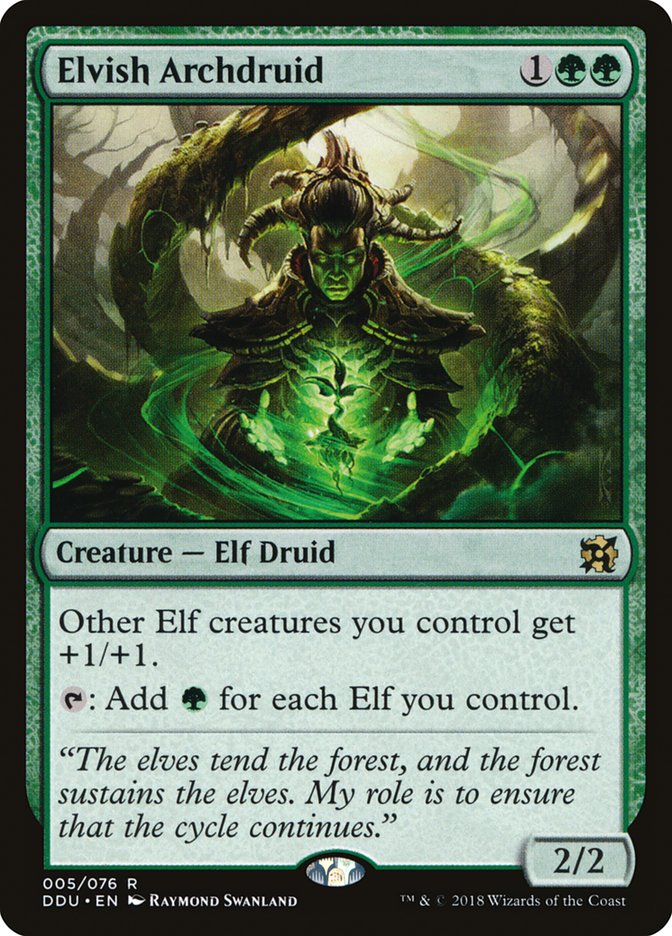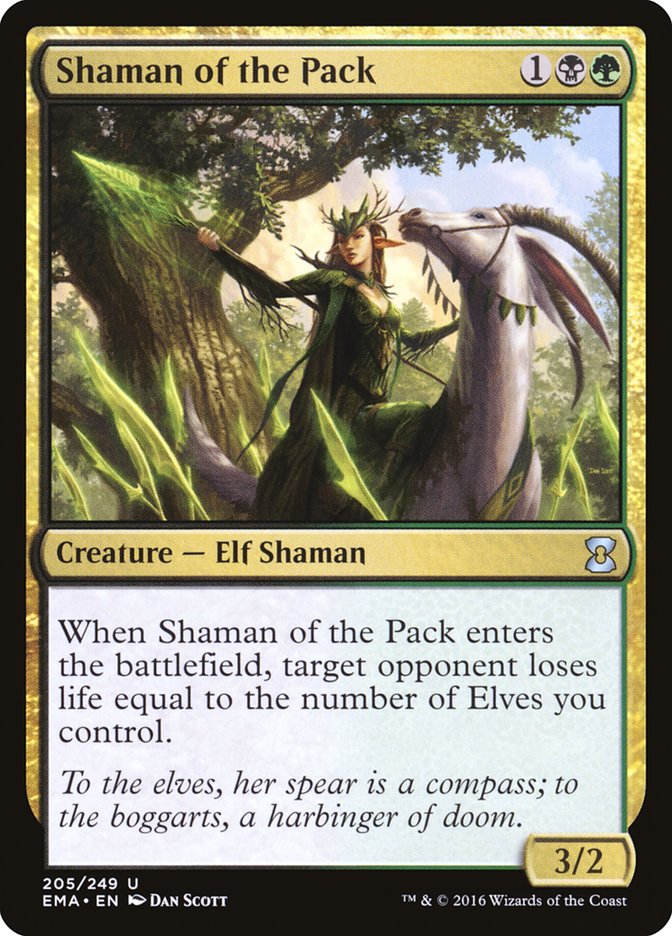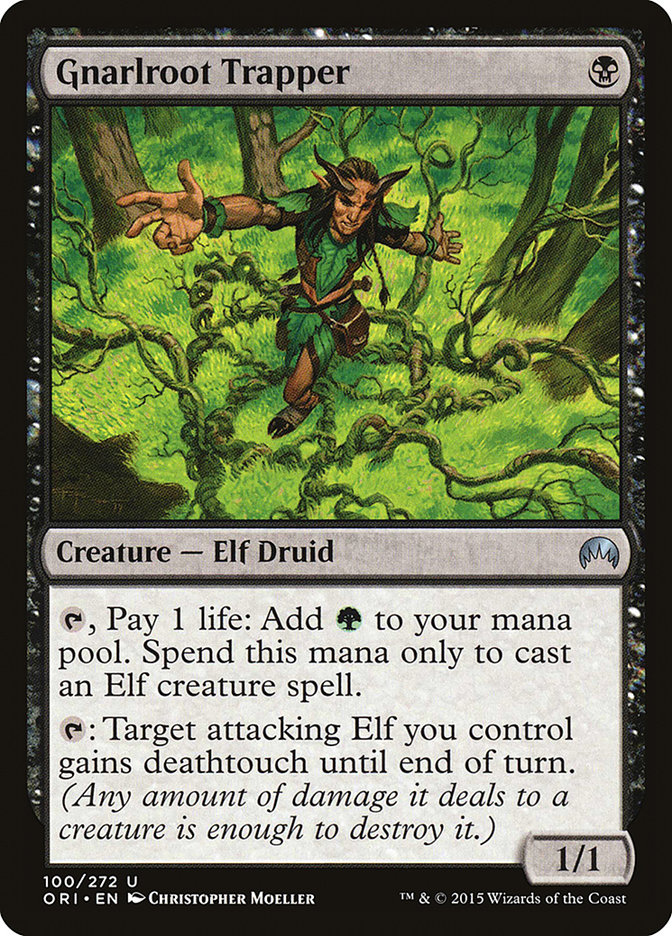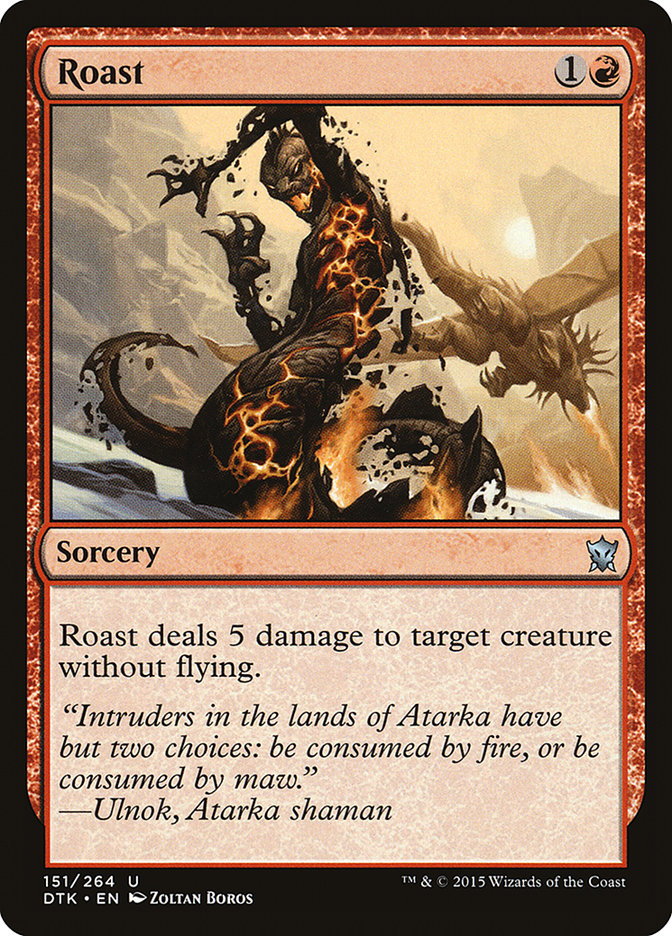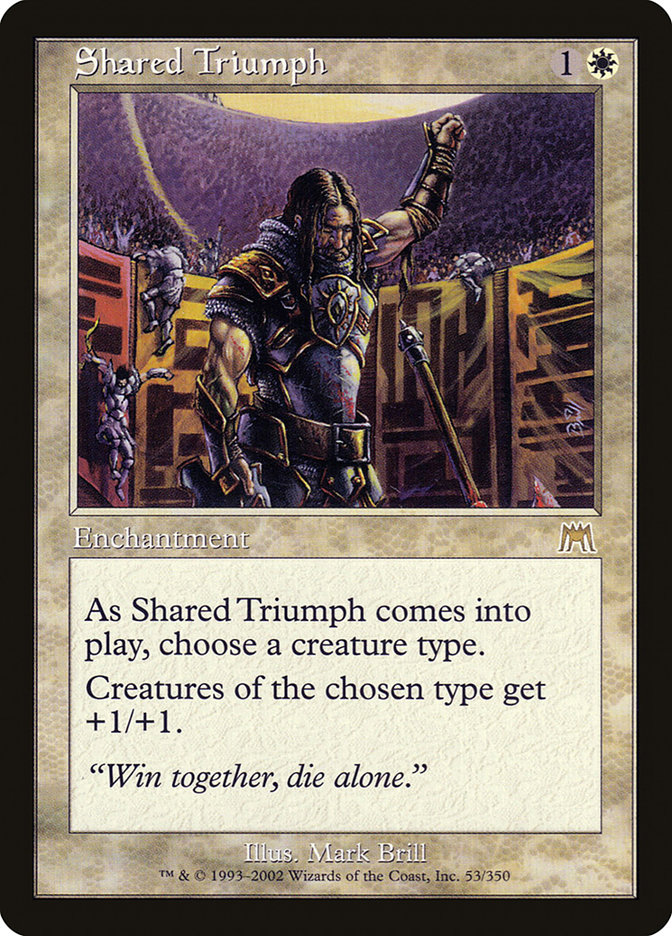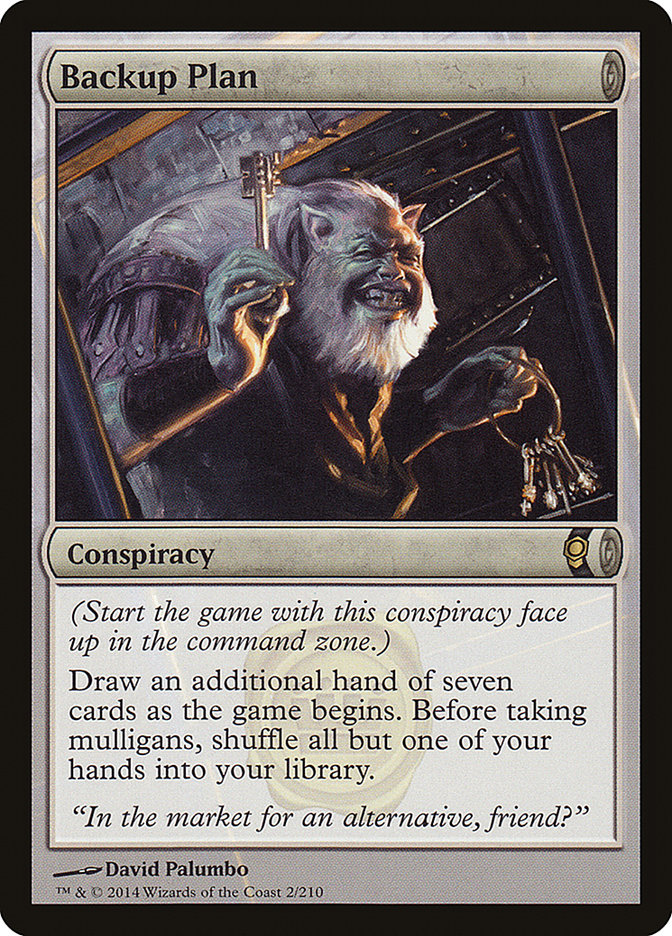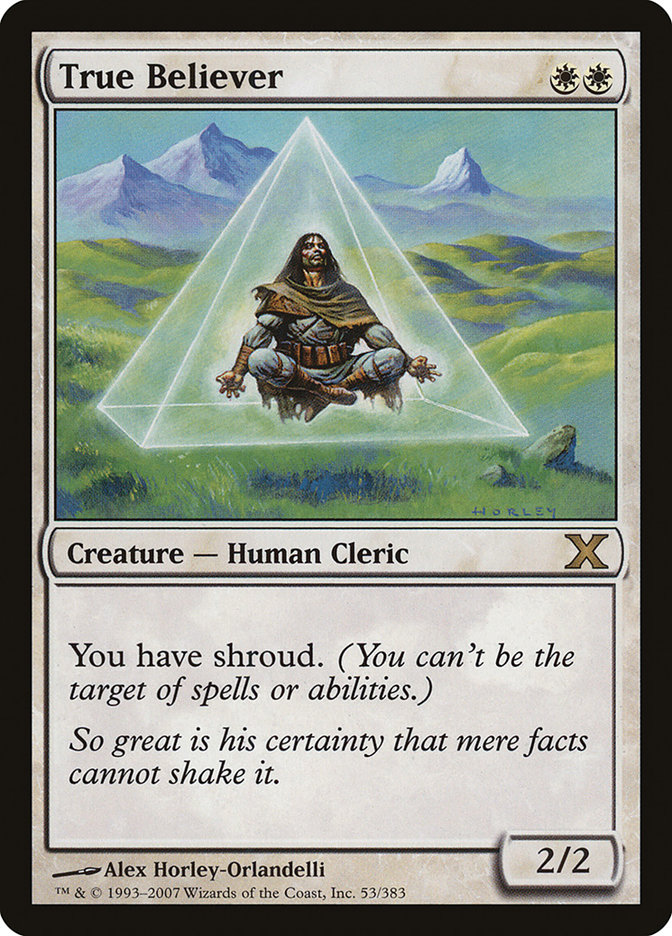I’ve been playing a lot of Modern this year on the SCG Tour. The format continues to be popular and neither Brennan DeCandio nor Tannon Grace particularly enjoys the format, so I take it up during Team Constructed events as well.
You might think that would give me an advantage for individual Modern events, as we have coming up this weekend in Louisville. While I certainly think my understanding of important matchups and sideboarding is advanced from experience, when it comes to deck choice, I’m still left in a sea of uncertainty.
I’ve played a lot of different decks over the last six months, and none of them have really stood out from the rest. I 3-2 an inordinate number of Magic Online Leagues I play, so no matter what deck I think is well-positioned, I seem to win at about the same rate.
When left in a situation where I have several seemingly equivalent choices, I focus mainly on metagame positioning as a tie-breaker. Normally metagame considerations in Modern are low on my priority list, but when it comes down to it, it’s still meaningful, especially when you favor proactive, linear decks like I do.
I’m going to show the first step in this process today, sharing what i know about the Modern decks with which I’m most experienced and their position in the current Modern metagame.
Dredge
I’m starting with the easiest of the bunch. With the rise of Hollow One as a simultaneously more explosive and more resilient graveyard deck that gets to play a real sideboard, I don’t see Dredge as a viable option in Modern anymore.
The deck was already losing standing, as it’s somewhat underpowered. You rarely win Game 1 before Turn 4 or 5, which isn’t difficult for many Modern decks to race, and decks like Humans can actually match you on the battlefield with bigger creatures, especially Mantis Rider, which contains Narcomoeba and Bloodghast while applying pressure in the air.
The rise of Hollow One has also brought more graveyard hate into the metagame, which means losing Game 1 is close to a death sentence. We had a good run there for a while, and I’m happy that Faithless Looting is now getting the respect it deserves, but I’m not turning to Stinkweed Imp and friends anytime soon.
Humans
Humans was my choice after realizing Dredge was no longer good enough, and after a wonderful first weekend with the deck in Philadelphia, I thought I had found my next pet deck. However, the unbanning of Jace, the Mind Sculptor and Bloodbraid Elf looked to bring lots of reactive and removal-heavy decks into prominence, unpleasant for a deck with 37 creatures and very little card advantage.
Snapcaster Mage / Lightning Bolt decks are the hardest matchups for Humans on paper, and I didn’t much like the Lightning Bolt / Tarmogoyf matchup much either. I preemptively moved away from Humans in favor of Blue Moon. However, it turns out that I, like many others, vastly overestimated the impact the unbannings would make.
After an early period of dominance, Bloodbraid Elf has become just another solid player in the format. Neither Jund nor G/R Land Destruction nor TitanShift gained enough from its addition to become top tier decks. Moreover, none of these decks proved particularly powerful against Humans. Thalia, Guardian of Thraben matches up well against Bloodbraid Elf and Reflector Mage is enough disruption to contain Tarmogoyf.
Jace, the Mind Sculptor decks were hard matchups, but those decks failed to perform, leaving a metagame in which Humans has assumed the position of “deck to beat.” Humans is the safe choice, and one I made recently for the Team Constructed Open in Atlanta, only to come away with one of my worst finishes of the year.
Obviously I don’t want to overreact to one weekend, but it was a tournament in which nothing went particularly wrong. I just lost a lot of normal games of Magic with average draws.
When that happens with a deck that has such a large target on its head, I can’t help but think that the metagame has shifted such that the good matchups that made the deck successful have now been preyed out of the metagame, leaving only even or bad matchups.
Humans has been the top deck for weeks now, so how many people are seriously bringing a deck with known bad matchup against it? Modern has plenty of players that simply play what they like, but those players mostly fade as the event goes on, leaving players who are trying to gain an edge from their deck choice.
That metagame shift mostly occurred from linear creature decks like Affinity and Counters Company, though we did also see a return of control decks in Baltimore. Even in a hostile metagame, Humans is powerful enough to succeed, so if you see me casting Thalia, Guardian of Thraben this weekend, it’s because I didn’t think my other options were good enough.
Elves
In a metagame where linear creature decks are more popular to combat Humans, I don’t see a better-positioned deck than G/W Elves. It’s incredibly consistent at killing around Turn 4, with a healthy dose of Turn 3 kills to win a fast race. However, it’s also quite weak to removal-heavy decks. Chord of Calling is pathetic when your first wave of creatures is quickly answered and the combo is difficult to assemble.
Control decks hadn’t been that popular in Atlanta, and I banked on that still being the case in Baltimore, expecting in the back of my head that they simply weren’t that good and most players would look elsewhere to combat Humans and Hollow One.
Once again, I was wrong. Control resurged and I was soundly punished, playing against those decks four times with nary a lucky match win to show for my troubles. I was able to salvage an okay result by winning most of my other matches, so my reasons for liking Elves were proven correct at least, but I can’t in good conscience play G/W Elves if I expect a similar density of control decks in Louisville.
However, I could switch over to G/B Elves. It’s not as explosive as the white variant because it eschews the combo, but Shaman of the Pack gives it a ton of control-punishing reach to operate as a straight aggro deck. Black also gives you access to Thoughtseize in the sideboard, the best answer to opposing sweepers.
Essentially, G/B Elves sacrifices some of its edge in the good matchups to get something back in the bad matchups. The loss of powerful white sideboard cards like Rest in Peace and Stony Silence hurts, but those cards aren’t as important as they typically are.
Should I decide on G/B Elves, I’d play something close to the following list:
Creatures (35)
- 4 Llanowar Elves
- 4 Heritage Druid
- 3 Nettle Sentinel
- 3 Elvish Visionary
- 4 Elvish Archdruid
- 2 Ezuri, Renegade Leader
- 4 Elvish Mystic
- 4 Dwynen's Elite
- 3 Gnarlroot Trapper
- 4 Shaman of the Pack
Lands (18)
Spells (7)
Sideboard

I’m including this list mainly to plug the overlooked Gnarlroot Trapper as a perfect addition to the deck. I wanted more mana creatures, so much so I played Boreal Druid in G/W, and Gnarlroot Trapper is a huge upgrade. Adding mana for creatures is critical, and the deathtouch ability is huge in a deck that often wants to attack a horde of small creatures into a larger one to set up a lethal Shaman of the Pack down the line.
Given that this is the deck in the group I’m least familiar with, it’ll be important to see just how much better the control matchups are than for G/W, and how much worse the linear creature matchups are. If the net difference is significantly positive, then this deck should be great for SCG Louisville.
Blue Moon
When I played Blue Moon in Cincinnati, it was because I expected Humans to be the most popular deck, but also a fair amount of control. I was wrong on the latter prediction, but I also managed to dodge the worst matchup in Hollow One, so I called it a wash.
I’m loath to play reactive decks in large Modern tournaments, so I shelved the deck afterward, but this metagame seems perfect. There are plenty of small creatures to take down with Lightning Bolt and Electrolyze, alongside plenty of control matchups to prey upon, utilizing Blood Moon to limit their access to blue mana and dominate counterspell wars.
My main issue with the deck after Cincinnati was the same as when playing Splinter Twin years ago: a weakness to big creatures like Tarmogoyf and Gurmag Angler. Harvest Pyre and Roast are mediocre at best, but they’re the best options available. That weakness came up primarily in the Jund matchup, which was common at the time but has since become rare. That shift is a significant gain for Blue Moon since I last played the deck.
There is, however, one glaring problem with playing this deck: Hollow One. That matchup is horrible and requires a ton of sideboard space to make palatable. In Cincinnati, I reasoned that throwing the matchup in a team event wouldn’t be nearly as detrimental as in an individual tournament.
Hollow One isn’t quite as popular as it was a couple of weeks ago, but I wouldn’t be surprised to play against it twice, especially if I make the Top 8, and that’s a lot of losses to give up in Louisville.
Putting It Together
There’s a lot to unpack here, but I can see some commonalities. My testing this week will focus on three areas:
1. How much control do I expect?
2. How much Hollow One do I expect?
3. Are the tradeoffs from G/W Elves to G/B Elves a significant gain for the latter?
Now I have a clear plan that will lead to a solid deck choice. Should Blue Moon or G/B Elves separate itself from the pack, I’ll go with that, and should neither prove worthy, I have the default best deck in the format as a backup plan. Not a bad place to be.
Such thought-generating and thought-organizing exercises are valuable tools. Is my analysis above completely comprehensive? No. Modern is too large a format to look at every conceivable variable, so it’s important to look at only those that are most important. It’s a subjective endeavor, of course, but one that you’ll grow better at with practice.
It’s pretty common for me to find myself in the beginning of a week with little direction as to where to go next, so a quick-and-dirty assessment like this is a great place to look for new ideas as well, as I found with G/B Elves.
It’s very easy to get stuck in a rut and fail to reassess what you’ve learned, but those ruts are where systematic biases come from. Such biases are hard to escape, since they arise from a belief that either was never true in the first place or was made false by changing circumstances.
Every now and then, take some time to reassess what you know and what you think you know. You’ll learn a lot in the process and keep your ideas about the metagame sharp.


